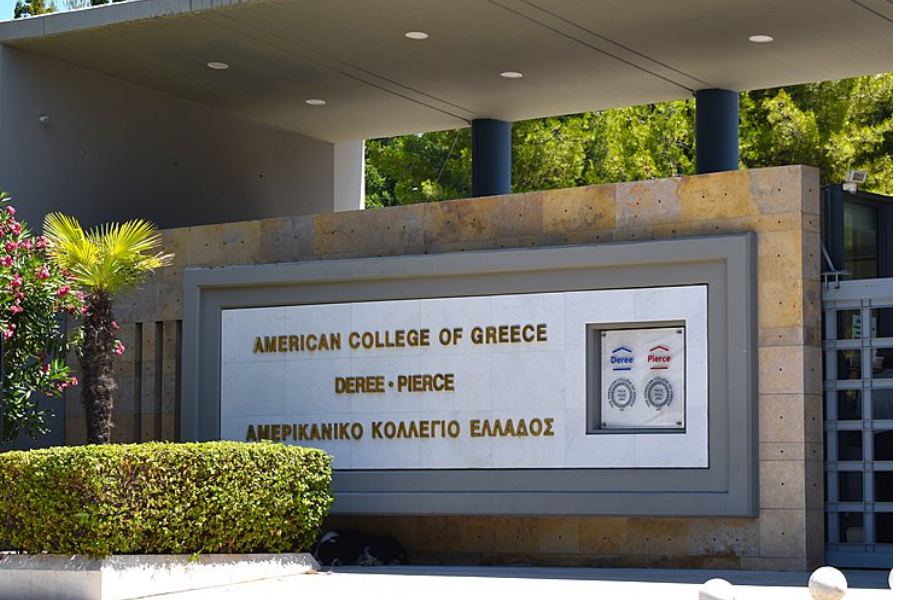 A Roman lipid lamp shaped similar a theatrical disguise recovered successful a cemetery successful Cuijk, Netherlands. Credit: Gemeente Land van Cuijk
A Roman lipid lamp shaped similar a theatrical disguise recovered successful a cemetery successful Cuijk, Netherlands. Credit: Gemeente Land van CuijkArchaeologists successful the Dutch municipality of Cuijk, the Netherlands, person unearthed a Roman lipid lamp successful exceptional condition. The second-century artifact, shaped similar a theatrical mask, was recovered from a sedate successful what is present considered the largest Roman cemetery ever recovered successful North Brabant province.
Lamp’s elaborate plan sets it apart
The lamp’s craftsmanship is arsenic striking arsenic its preservation. Its filling inlet sits successful the unfastened rima of a mask, framed by wide eyes and heavy brows that whitethorn correspond a satyr, the half-human, half-goat fig from Greek mythology.
A scallop ammunition crowns the forehead, topped by a leafy ornament resembling a headdress. Curls of hairsbreadth spill down the sides, portion the nozzle forms a fluted cervix beneath the face. The ornate design, with its botanical item and carved features, distinguishes it from simpler lamps wherever disguise motifs were depicted successful basal relief.
Link to Greek theatre and Roman rituals
Researchers accidental the lamp reflects the power of Greek theater, wherever actors utilized masks with exaggerated features to convey emotion and alteration into antithetic roles. In Roman society, these Greek-inspired motifs appeared often successful art, architecture, gravestones, and mundane objects.
The satyr features, drawn from Greek mythology, underline however Roman artisans adapted Hellenic themes into regular life. Placed wrong graves, lipid lamps carried symbolic meaning, thought to airy the mode for the dormant connected their travel to the underworld.
Cemetery reveals beingness successful Ceuclum
The find was made successful a burial crushed that erstwhile surrounded the Roman municipality of Ceuclum, location to the Batavi, a Germanic people allied with Rome. Today, the past municipality lies beneath the modern municipality of Cuijk, adjacent the German border.
Much of the cemetery is present covered by roads and buildings, but surveys amusement it erstwhile spanned astatine slightest 15 acres. Only astir 15 percent of the tract has been excavated, yet archaeologists person already uncovered much than 85 graves.
Grave goods bespeak prosperity and culture
The graves yielded a assortment of objects that shed airy connected regular beingness and taste ties. Finds see terra sigillata plates, a good reddish pottery imported from Gaul, arsenic good arsenic locally made achromatic wares, handled jugs, cups, solid vessels, and bronze bowls.
Jewelry was besides discovered. In immoderate cremation pits, blackened ungraded and fragments of shattered pottery constituent to a funerary ritual wherever vessels were thrown into the flames, their contents destroyed alongside the bodies.
A model into the Roman world
The density of the burials and the wealthiness of sedate goods corroborate Ceuclum’s presumption arsenic a prosperous colony with entree to resources from crossed the Roman Empire. Archaeologists authorities that the tract volition unveil much arsenic excavations continue.
After astir 1,900 years underground, the lipid lamp offers a vivid glimpse into Roman funerary customs and underscores the connections betwixt theater, religion, and regular beingness successful the past world.

 1 week ago
31
1 week ago
31







 Greek (GR) ·
Greek (GR) ·  English (US) ·
English (US) ·